In a historic first for Central India, Indore has become the first city to deploy a humanoid robot in a classroom setting. This bold step towards integrating artificial intelligence (AI) in education is part of a growing global trend that aims to modernize learning environments, improve engagement, and personalize the student experience.
🧠 Why AI in the Classroom?
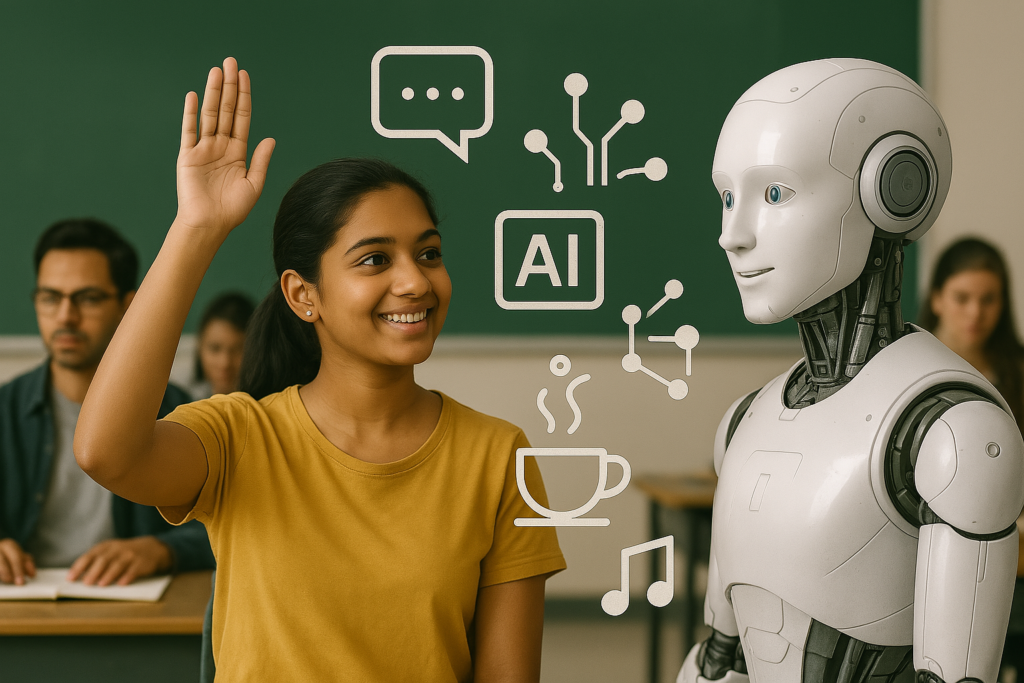
The use of AI in schools isn’t just about flashy gadgets. It’s about:
- Personalized Learning: Robots can adapt their pace and style to individual student needs.
- Consistent Teaching Quality: No sick days or variations in delivery.
- Interactive Engagement: Visual and auditory stimuli increase retention.
“AI isn’t replacing teachers—it’s empowering them to be more effective,” says Ritu Sharma, a school principal in Indore.
🏫 How the Humanoid Robot Works
The humanoid robot used in Indore’s classroom is capable of:
- Conducting lessons in English and Hindi
- Responding to student questions using natural language processing
- Using gesture-based teaching with hand movements
- Displaying visual content on an integrated screen
Key Features:
- Voice Interaction
- Facial Recognition to Identify Students
- WiFi-enabled for Real-Time Data and Updates
- Daily Quiz and Assessment Capability
📚 What It Means for Students and Teachers
For Students:
- More interactive learning sessions
- Easy access to difficult concepts explained visually
- Improved English-speaking and comprehension skills
For Teachers:
- Assistance in content delivery
- More time to focus on mentoring
- Reduced burden of repetitive instruction
🌍 Where Does India Stand Globally?
AI and humanoid robots in classrooms are already being used in countries like:
- Japan – Where robots help autistic children with social interactions
- South Korea – Where they assist in English language training
- United States – Using AI platforms to create individual learning paths
India’s move, starting from Indore, reflects a growing realization that 21st-century skills require 21st-century tools.
📈 The Future Outlook
According to a report by the NITI Aayog and Microsoft India (2024):
- AI-driven education tools can increase student learning outcomes by up to 40%
- 75% of urban schools in India are expected to adopt some AI component by 2030
AI is not just a buzzword anymore—it’s the classroom assistant of the future.
📌 Challenges to Consider
While this is an exciting development, there are challenges:
- Cost of implementation
- Training teachers to work alongside robots
- Data privacy concerns in AI interactions
🚀 Conclusion: Tech-Savvy Future Begins Now
Indore’s leap into AI-driven education is a reminder that technology is not the future—it’s the present. As students and teachers adapt to this new digital ally, the classroom will become a space where innovation thrives.
Humanoid robots are not meant to replace human warmth in teaching but to support a more personalized and effective learning experience.
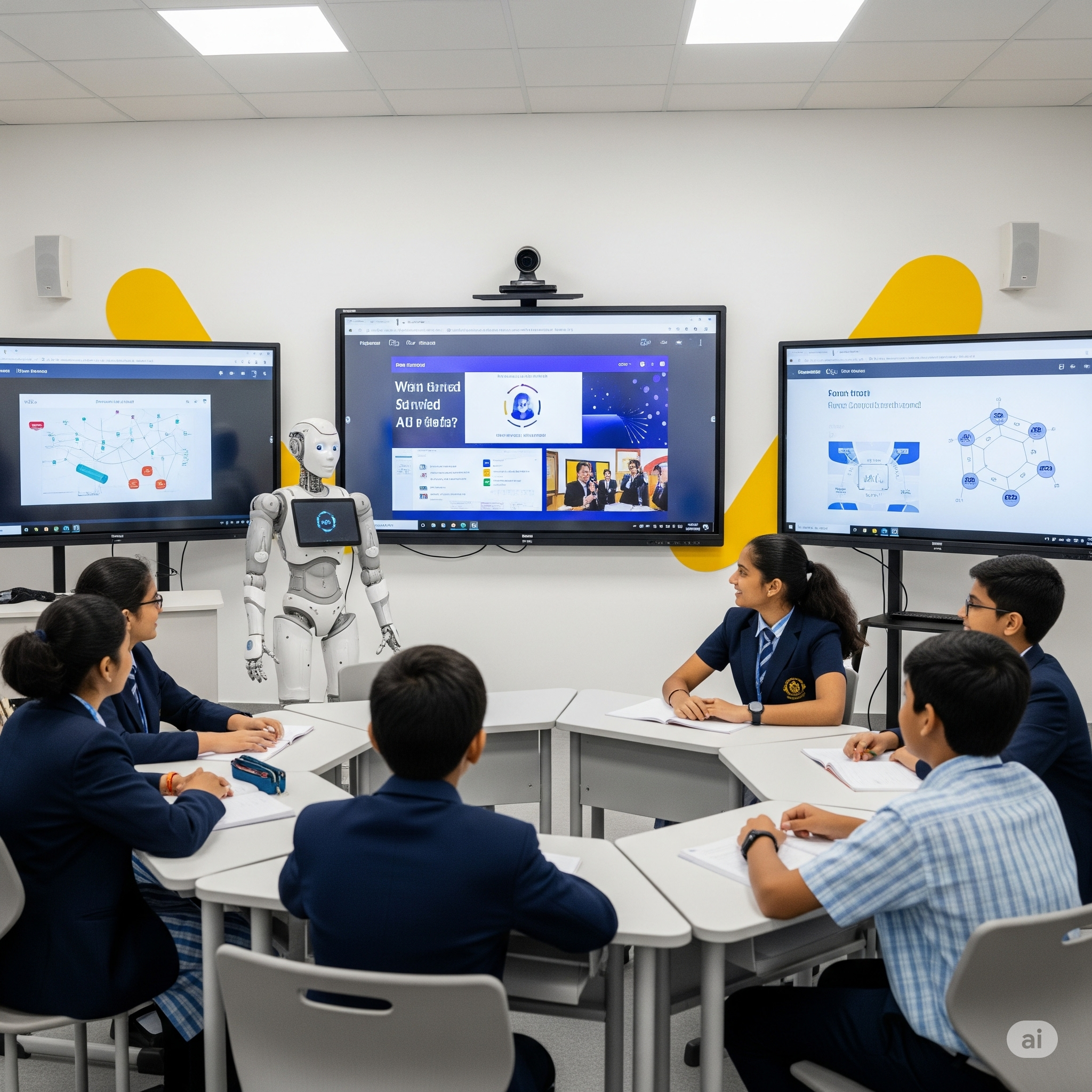

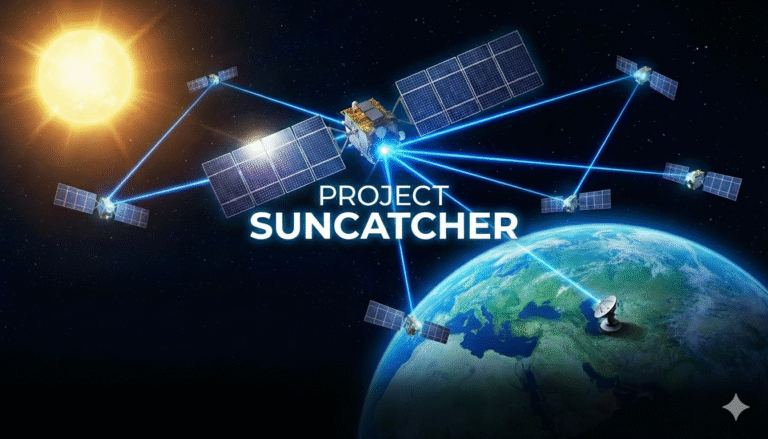


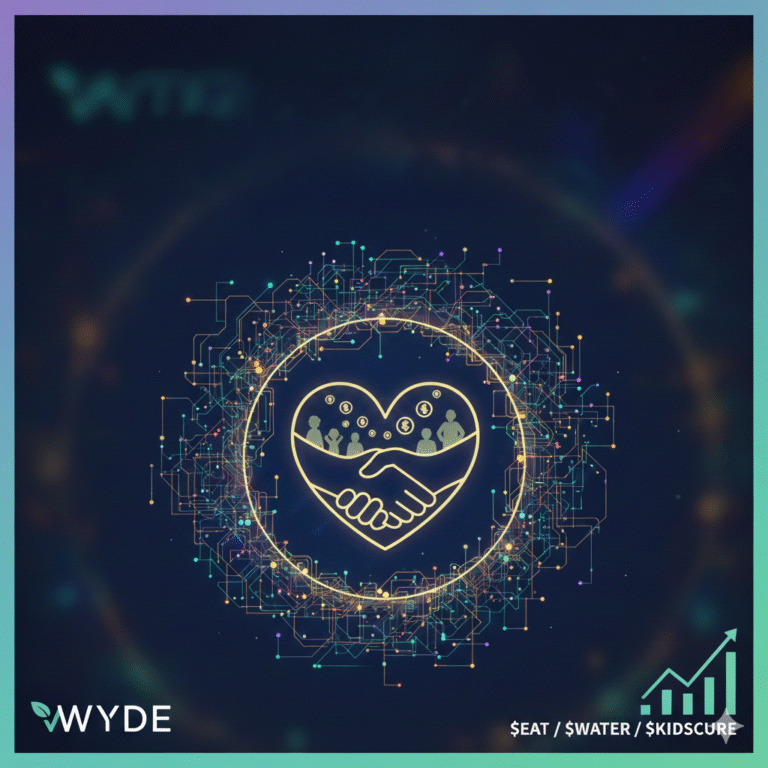

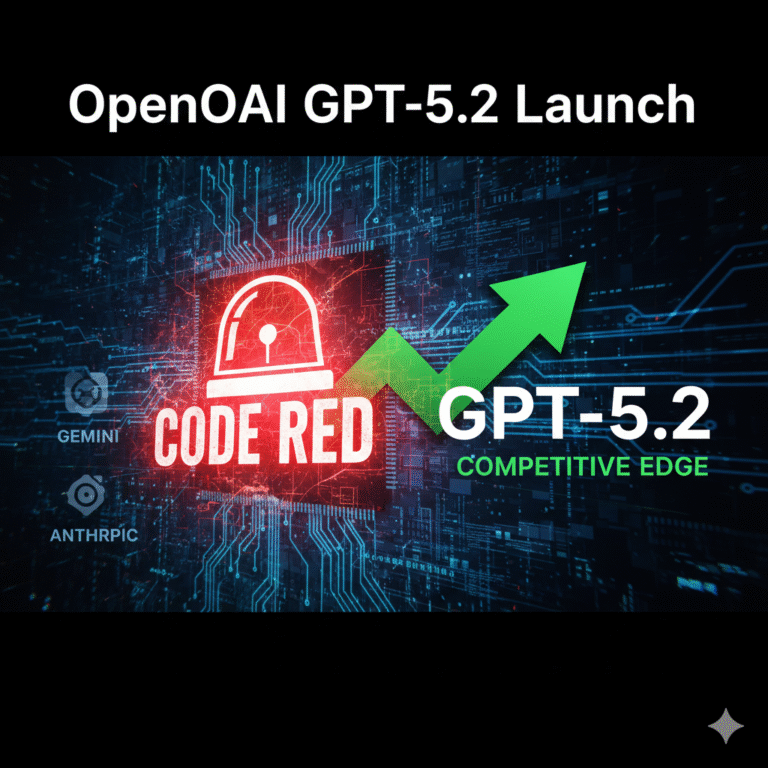
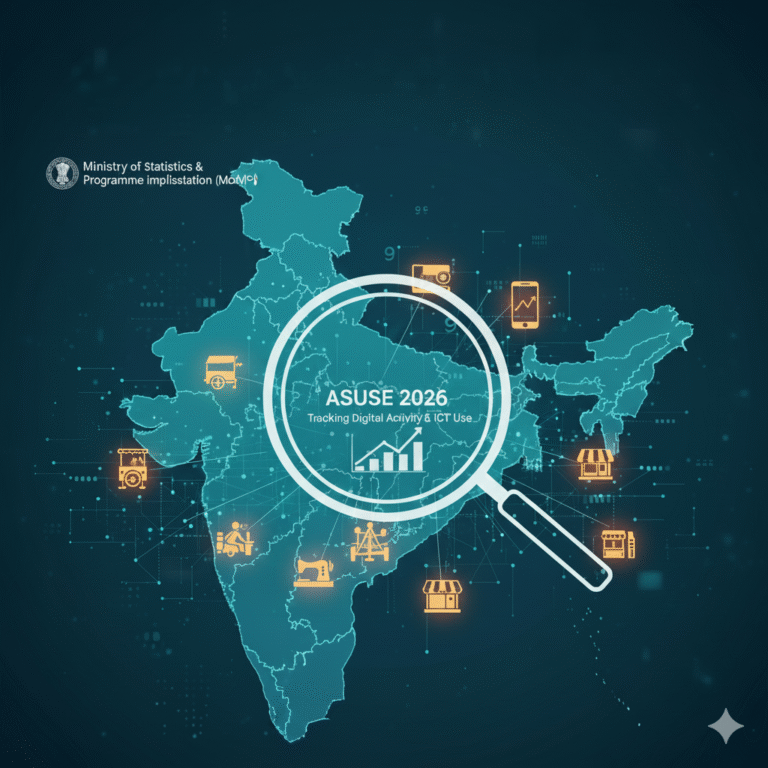
+ There are no comments
Add yours